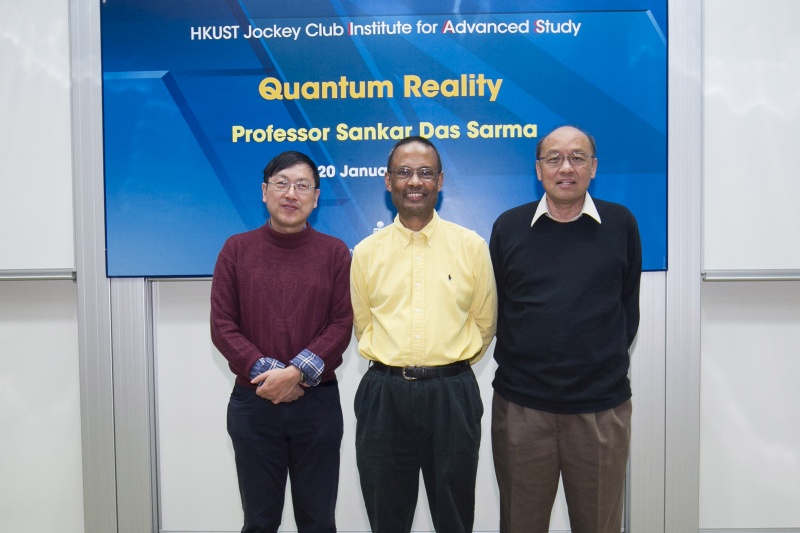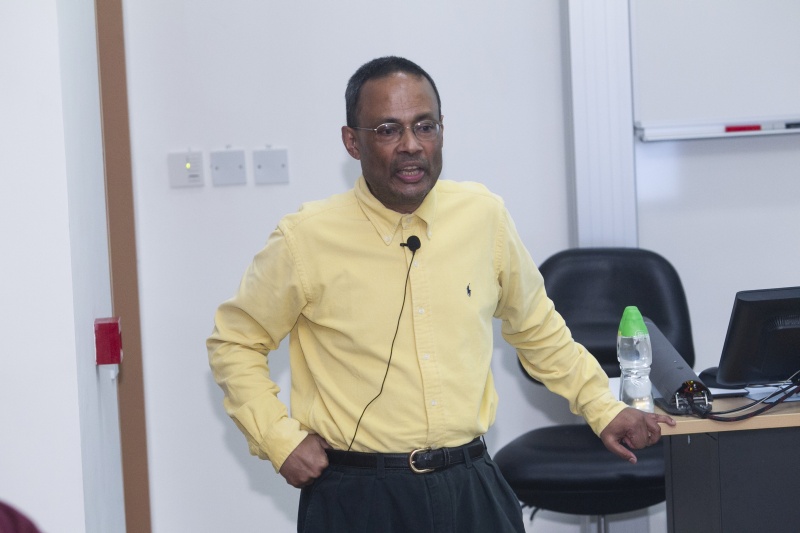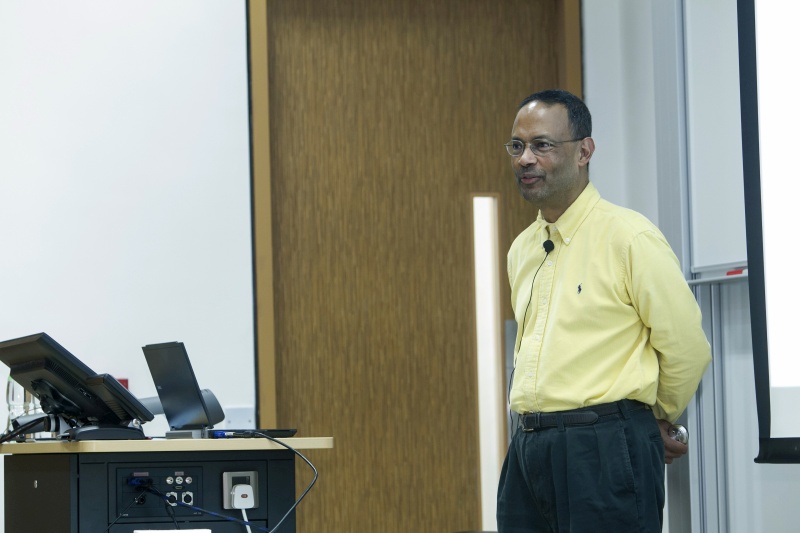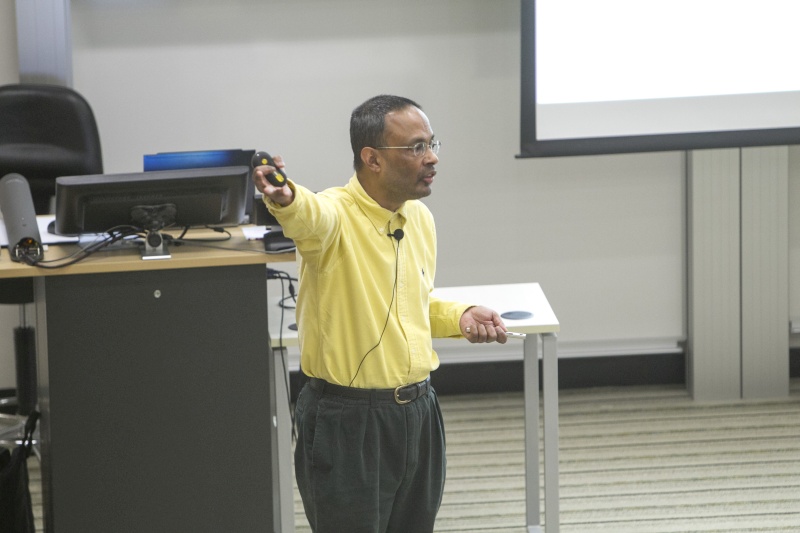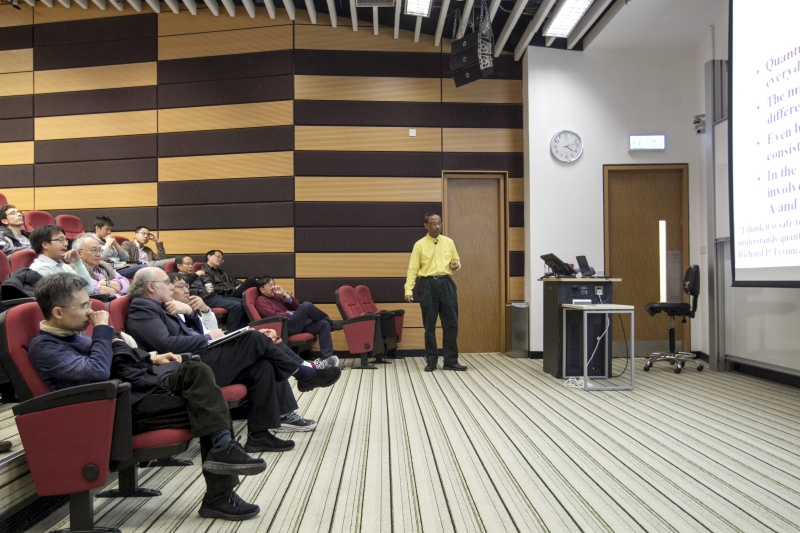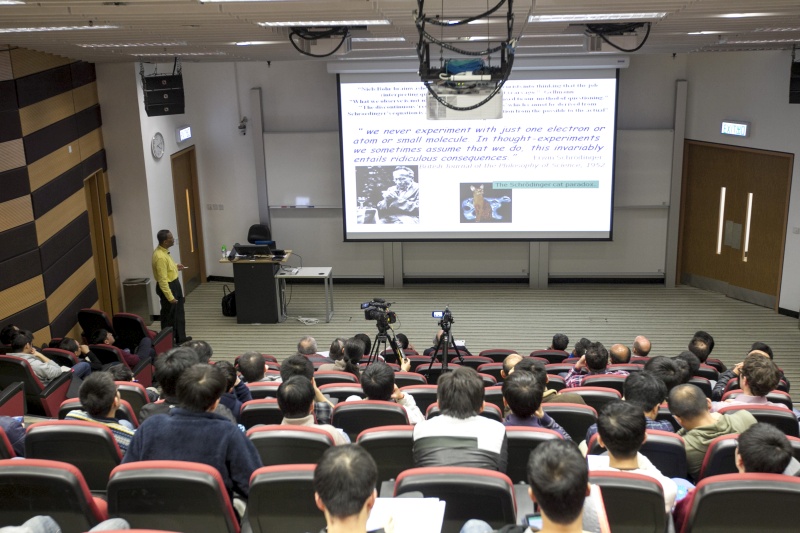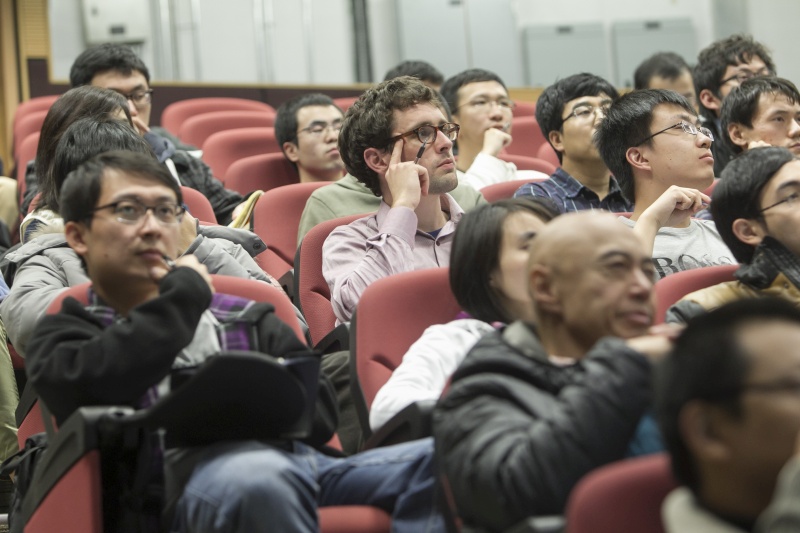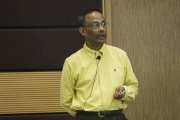Quantum Reality
Abstract
Quantum mechanics, the underlying microscopic theory of our existence governing the behavior of the physical world, is the crowning success of human intellect. It is astonishingly successful -- no experiment contradicts the predictions of the theory, and the theory has been explicitly verified to be correct to a precision better than 1 part in a trillion. In the past 60 years, developments of quantum theory have led to the modern technology that has revolutionized the world through applications such as transistors, lasers, integrated circuits, and magnetic discs. Despite this great success we really do not understand the quantum theory in an intuitive manner because quantum laws are so radically different from the classical laws of physics. The dichotomy that the modern world is quantum, but the precise meaning of the quantum remains elusive, disturbed the stalwarts of physics such as Einstein, Schrodinger, and Feynman, and continues to baffle physicists even today. This lecture will explore this curious state of affairs, highlighting the numerous quantum based ideas and applications which underpin our modern world and the sublime strangeness of the theory which completely eludes our intuition. Connection will be made to some of the most exciting recent developments such as quantum computation which is bridging the gap between the 'weird' microscopic laws of the quantum world and some real life problems in our everyday world such as code breaking and database search.
About the speaker
Prof. Sankar Das Sarma received his PhD in Physics from Brown University in 1979. He joined the faculty of Physics at the University of Maryland in 1980, and is currently Richard E. Prange Chair in Physics and Distinguished University Professor. He is also a Fellow of the Joint Quantum Institute and the Director of the Condensed Matter Theory Center at Maryland.
Prof. Das Sarma’s research interests include spintronics and spin quantum computing, superconducting quantum computing and condensed matter theory. He has co-authored more than 600 articles in the Physical Review Journal series of the American Physical Society, including more than 140 publications in Physical Review Letters, and with more than 40,000 citations to his publications. He is the editor of the book Perspectives in Quantum Hall Effects and a co-author of several well-known review articles on many topics including spintronics, graphene, and quantum computation. He is one of the Highly-Cited Researchers of the Institute for Scientific Information.

